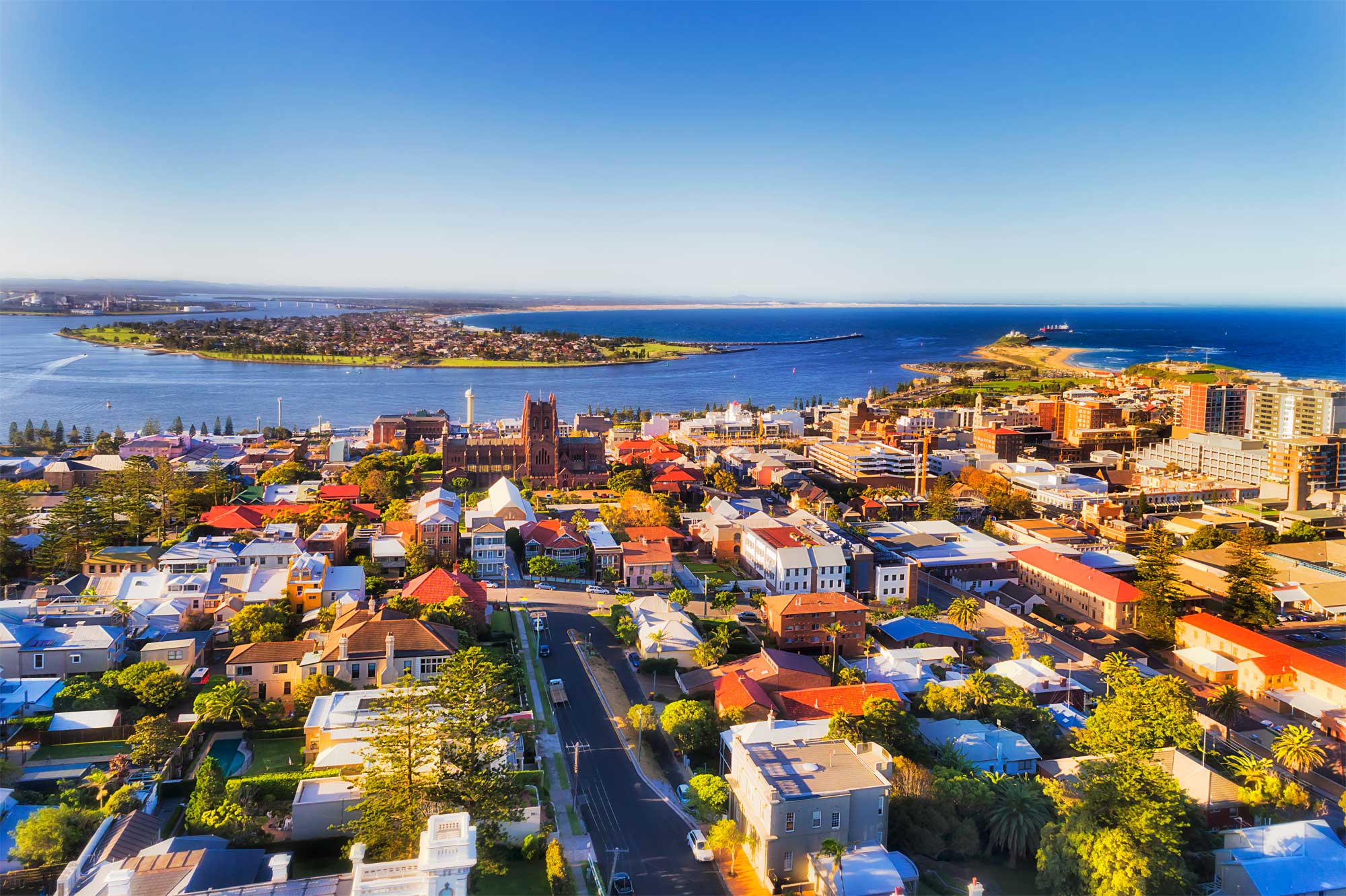
Freestanding house, duplex, terrace, and townhouse – what’s the difference?
Whether you’re upsizing, downsizing or investing, the chances are, you’ll be looking at a variety of properties. But do you know your terrace from your townhouse? Explaining the differences between types of property can be bit like explaining the rules of cricket to a foreigner!
There are 10 different classes of building under the Building Code of Australia, but dwelling definitions change from state to state and sometimes council to council.
Whether it’s to live in or for a residential investment property, most people buying a property will be looking at Class 1 of the building classifications.
In the National Construction code Understanding the NCC – Building classifications resource, it states:
Class 1 buildings are houses: Typically, they are standalone single dwellings of a domestic or residential nature. These buildings can also be horizontally attached to other Class 1 buildings. When attached they are commonly referred to as duplexes, terrace houses, row houses and townhouses. In these situations, they must be separated by a wall that has fire-resisting and sound insulation properties.
Class 2 buildings are apartment buildings. They are typically multi-unit residential buildings where people live above and below each other. The NCC describes the space which would be considered the apartment as a sole-occupancy unit (SOU).
Here are some of our residential property types explained:
Freestanding house
These are stand-alone properties, and buyers own the land and any buildings, such as a granny flat within its boundaries.
The advantage of owning this type of property is it can be knocked down, renovated or extended provided it complies with local council regulations. Plus, there may be options to subdivide or build another property on it.
Generally, you will pay more for a freestanding house, and it will appreciate more quickly than other types of residential properties.
Semi-detached house
Sometimes referred to as the ‘poor cousin’ of the freestanding house, this type of property shares a common wall with the neighbouring house, but has its own private garden. It was popular in the years leading up to and following Federation.
While many are single storey, some have had a second storey, and others have been extended into the garden space.
Semis are often a more affordable option for buyers, but have a smaller a backyard that may double as off-street parking.
Terrace house
This type of house can be found the centre of Newcastle. Individually owned, the house is attached to usually two other houses on either side by common walls. Many were built in the late 1800s and early 1900s so have a historical appeal, but new-style terraces are now being built in many new housing developments.
Terrace houses can come in all sizes, ranging from a single storey to four storeys in height, with two to four bedrooms, and front and back gardens or courtyards. In new developments, they may even come with parking.
Duplex
Defined as two dwellings under one roof with one shared wall, this is the modern equivalent of a semi-detached house. They can be a bit complicated in that they can be on a single title or two titles, and while they are individually owned and sold, they may require a building insurance policy that covers both homes.
Like a semi-detached house, they usually have a smaller back yard and may come with parking.
Townhouse
A townhouse is a multi-storey building, usually two-storeys, sometimes attached and sometimes freestanding, and usually within a complex of three or more dwellings. The buyer owns the property, but shares ownership of the land and common property with other owners in the complex.
They usually have a small private courtyard and a garage/carport, but have access to other spaces within the complex.
Most townhouses are strata-titled, meaning the owners pay annual levies to a body corporate. This entity is responsible for maintenance of common areas (e.g. gardens, shared driveway), building insurance and other compliance matters. Owners will also have to adhere to strata rules, which may affect what they can and can’t do to the external features of the building/courtyard.
Villa
A villa is a small, single-level home usually with an attached garage and a private courtyard within a small complex.
They are generally strata titled, so, like the Townhouse, will attract an annual levy for the body corporate and there will be strata rules to adhere to too.
Apartment/units/flats
These are the dwellings referred to in Class 2 of the building classifications i.e. they are usually in block. They come in all different sizes, and can be one or more bedrooms. As they are in a multi-storey building, they will not have a back yard, but they often have a large balcony area, and often use of a shared garden.
Similar to Townhouses and Villa’s they will usually have an annual levy for the body corporate, and there will be strata rules.
There are advantages and disadvantages to the different types of residential properties, and they all offer different lifestyle choices. However, ultimately the type of property you end up buying will depend on your budget and financial situation.
Whether you’re upsizing, downsizing or looking for a change in scene, if are thinking of selling your property, get in touch with us and we’ll come round and give you a free, independent and non-obligatory quote.
Call in and see us in the Cardiff office or give us a call on 02 4954 8833. Or send us an email to: mail@apnewcastle.com.au.
We regularly update our Facebook page with handy tips on selling your property and what to look for when buying a property.